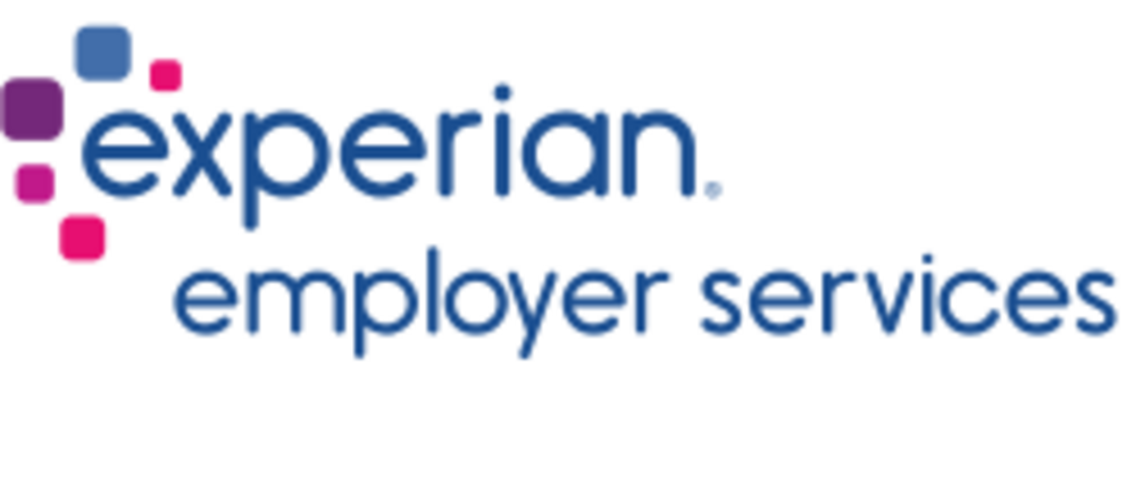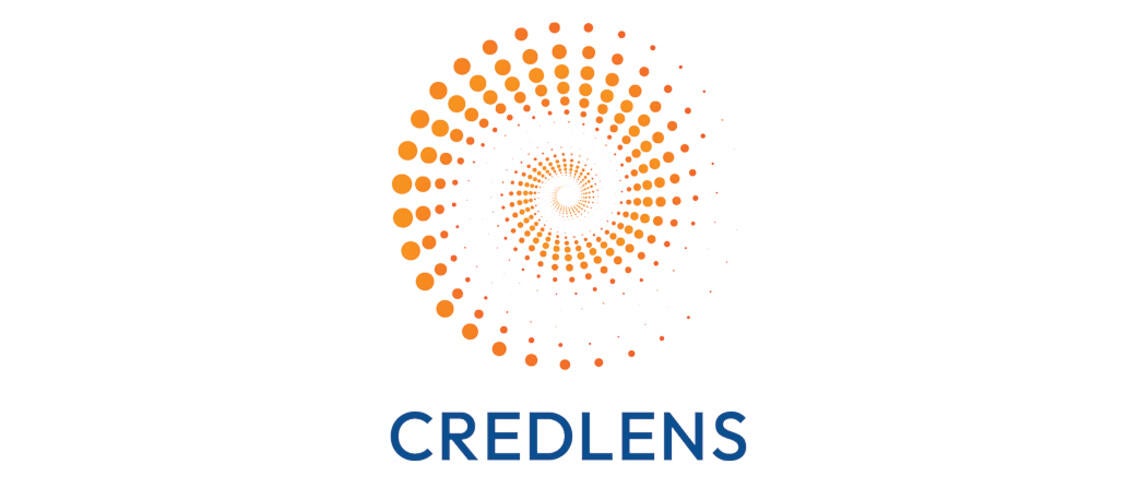EO Award Nomination Minnesota
Minnesota EO Award Nomination: Round 7 Youth Disability Employment Initiative - Partners for Youth Career Pathways
Contact Information of Individual Submitting Nomination
Nominator: Kay Tracy
Email Address: Kay.Tracy@state.mn.us
Agency Name: Minnesota Department of Employment and Economic
Round 7 Youth Disability Employment Initiative - Partners for Youth Career Pathways
The Round Seven Youth Disability Employment Initiative (DEI) Grant is a 42-month federal discretionary grant awarded to Minnesota in September 2016. Minnesota youth, specifically youth of color and youth with disabilities experience a severe opportunity and achievement gap. Youth of color and youth with disabilities in Minnesota have graduation rates that are significantly lower than that of their white and non-disabled peers. These issues are prevalent statewide and adversely affect youth living in rural Minnesota. In order to address high youth unemployment and low labor force participation rates for youth of color and youth with disabilities, Minnesota sought to focus the DEI project in three rural focused Workforce Development Areas (WDAs). This grant is one way in which Minnesota is tackling the persistent educational and employment disparities among youth of color and youth with disabilities in Minnesota. Minnesota also sought to uphold the spirit of Section 188 of the Workforce Innovation and Opportunity Act (WIOA) by ensuring and increasing programmatic access to public workforce development programing. For Minnesota, the DEI grant has allowed WDA staff to direct resources for intentional outreach to communities of color and to youth with disabilities and their families. The ability to connect directly with communities facing educational and economic disparities has allowed the WDAs to exceed the anticipated number of youth served by the grant. While the grant is a demonstration grant, the relationships, strategies, and programming has been integrated into WIOA Youth programming at the WDA and state level. This will help ensure that youth of color and youth with disabilities will have better access to WIOA programming and have the support they need to persist through educational and employment barriers. Minnesota also identified a gap in understanding among parents and families who have children with disabilities. Education systems can be difficult for families to navigate especially if their child receives special education services from their local school district. The DEI grant allowed The State of Minnesota to partner with the PACER Center, a National Parent Training Center to provide technical assistance to WDA staff, State of Minnesota staff, and families. The PACER Center provided various parent and family workshops to inform parents about the educational and employment rights and opportunities of their children with disabilities. These workshops consistently received positive feedback that increased confidence and provided tools to parents/families to better support their child in educational and employment environments.
Describe the nominee's significant contributions towards the understanding and achievement of equal opportunity and nondiscrimination for all employees and customers. Response (400 word limit).
A significant contribution of Minnesota’s DEI grant that increases the understanding and achievement of equal opportunity and nondiscrimination for all employees and customers is the “Disability Resource and Information Training” developed by LWDA 5 Central Minnesota Jobs and Training Services. Minnesota also worked with U.S. DOL and Maher and Maher to create a structured training plan strategy. The training is attached. The training provides five modules for WDA staff. The modules cover topics such as: Building Confidence around Disability, Accessibility for a Diversity of Customers, Partnerships & Collaboration, and Youth with Disabilities. These modules provide staff with the tools to better meet the needs of customers with disabilities. While Minnesota’s DEI grant was youthfocused, nearly all the strategies, tools, and information provided in the training is applicable to adults with disabilities as well. The training helps ensure staff are cognizant of the needs of individuals with disabilities while maintaining person-centered programming. The DEI has also provided the local WDAs with the ability to seek out other opportunities to serve individuals with disabilities. Specifically, the WDAs have sought out being SOAR providers. SOAR providers help individuals who are eligible to receive Supplemental Security Income (SSI) and/or Social Security Disability insurance (SSDI) complete the application process. This initiative has provided the WDAs with the opportunity to support youth (and their families) complete necessary applications for SSI/SSDI which helps lay a stable financial foundation for the youth. The SOAR opportunity is also available to adults and the WDAs have increased their outreach to eligible individuals.
Another important aspect of Minnesota’s DEI project was the establishment of Employment Networks (EN). The EN structure is important for serving individuals with disabilities because it is specifically designed for individuals that receive SSI or SSDI. Often, individuals receiving SSI or SSDI face unique barriers to entering or re-entering employment. The EN model allows WDA staff to work with SSI/SSDI recipients who apply their “Ticket to Work” to the EN. The goal of the EN is help people find employment that allows them to no longer need SSI or SSDI. The EN model has provided the three WDAs with a unique pathway that increases access to numerous workforce development programming opportunities including WIOA Youth and WIOA Adult. Together, SOAR, WIOA, and ENs are innovative opportunities that allow the WDAs to provide a full circle of services – from access to public assistance, employment/education support, and support for self-sufficiency.
Provide a statement of results, accomplishments, impacts, and any other appropriate information that demonstrates why the nominee's efforts described in question #1 were an exceptional contribution. Response (400 word limit).
The DEI grant has allowed the State of Minnesota to integrate best practices in serving youth with disabilities into broader WIOA Youth programming. This has been facilitated by policy integration, increased capacity for WDAs to serve youth with disabilities, and increased partnerships with local communities. Minnesota has met or exceeded all the goals stated in the DEI workplan. This includes serving over 430 youth throughout the life of the grant (130 more than anticipated). Due to the eligibility requirements, 100% of DEI participants have a disability. Nearly 25% of the youth served in the project are youth of color from rural Minnesota. Of the youth served, 23% have entered unsubsidized employment or military. This is especially important progress in addressing the high youth unemployment and low youth labor force participation rate in Minnesota especially for youth of color and youth with disabilities.
The EN model has allowed the three rural WDAs to work directly with 30 Ticketholders who are working towards their goals of returning to employment. This is a specific example of where the spirit of programmatic access as described by section 188 of WIOA is being met. The EN model has allowed the WDAs to receive kick-back payments for serving Ticketholders. The kick-back payments are used by the WDAs to sustain the efforts of the DEI beyond the life of the grant which will help ensure that youth and adults with disabilities will continue to receive a high-quality, person-centered services. The EN model is the most significant, successful structural change that impacted Minnesota’s Workforce Development System under the DEI grant because it opened up opportunities for more people to access programming in ways that they have not done previously.
The DEI grant has allowed the State of Minnesota to host peer-to-peer training sessions with other WDAs. This peer training opportunity has allowed the WDAs implementing DEI programming to describe best practices that other WDAs can incorporate into WIOA programming. This is an important sustainability strategy that will continue to contribute to and impact the broader workforce development system in Minnesota.
Examples of work
MN - Disability Training Strategy 2020.pdf (9.8MB)
MN - Youth DEI Annual Report 2018.pdf (335.5KB))
MN - DEI Quarterly Report July - Sept 2019.pdf (463KB)
MN - Connecting Youth to Careers Video - PACER 2020.pdf (11.9KB)
MN - PHP-c244 - Career Exploration for Youth with Disabilities 2020.pdf (125.5KB)
MN - Letter of Approval - Warfa 2020.pdf (61.8KB)






































